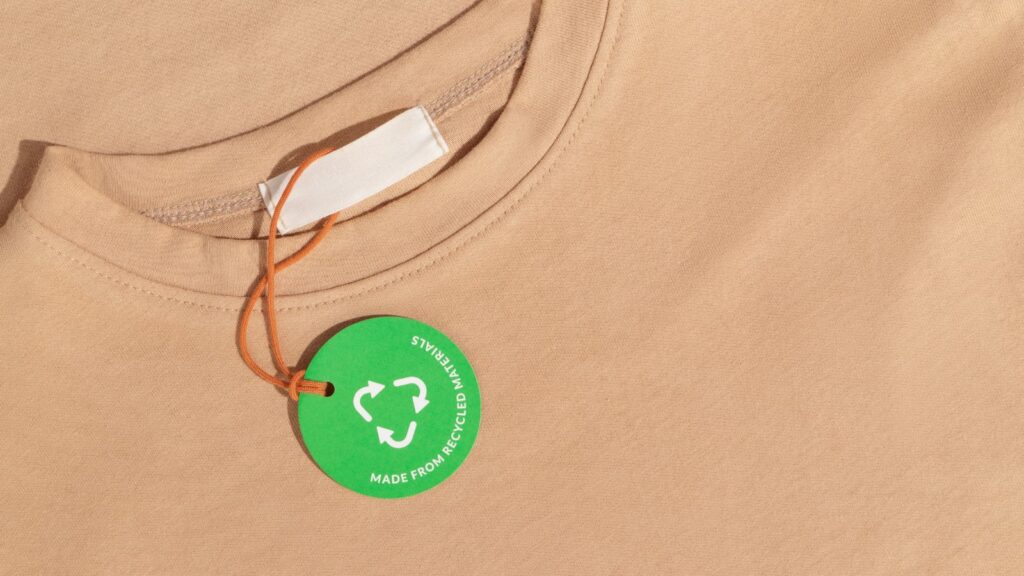As we move towards a more sustainable lifestyle, eco-friendly products are becoming a staple in many households. From using reusable bags to driving electric vehicles, lowering our carbon footprints and living more sustainably is undeniably appealing.
However, as with most things, appearances can be deceiving. Not all eco-friendly products are as harmless or effective as they seem. Beneath the surface, many of these products come with hidden dangers that can harm the environment and our health.
In this article, we’ll examine 18 popular eco-friendly products and the risks they might carry.
Bamboo Toothbrushes: The ‘Green’ Misstep
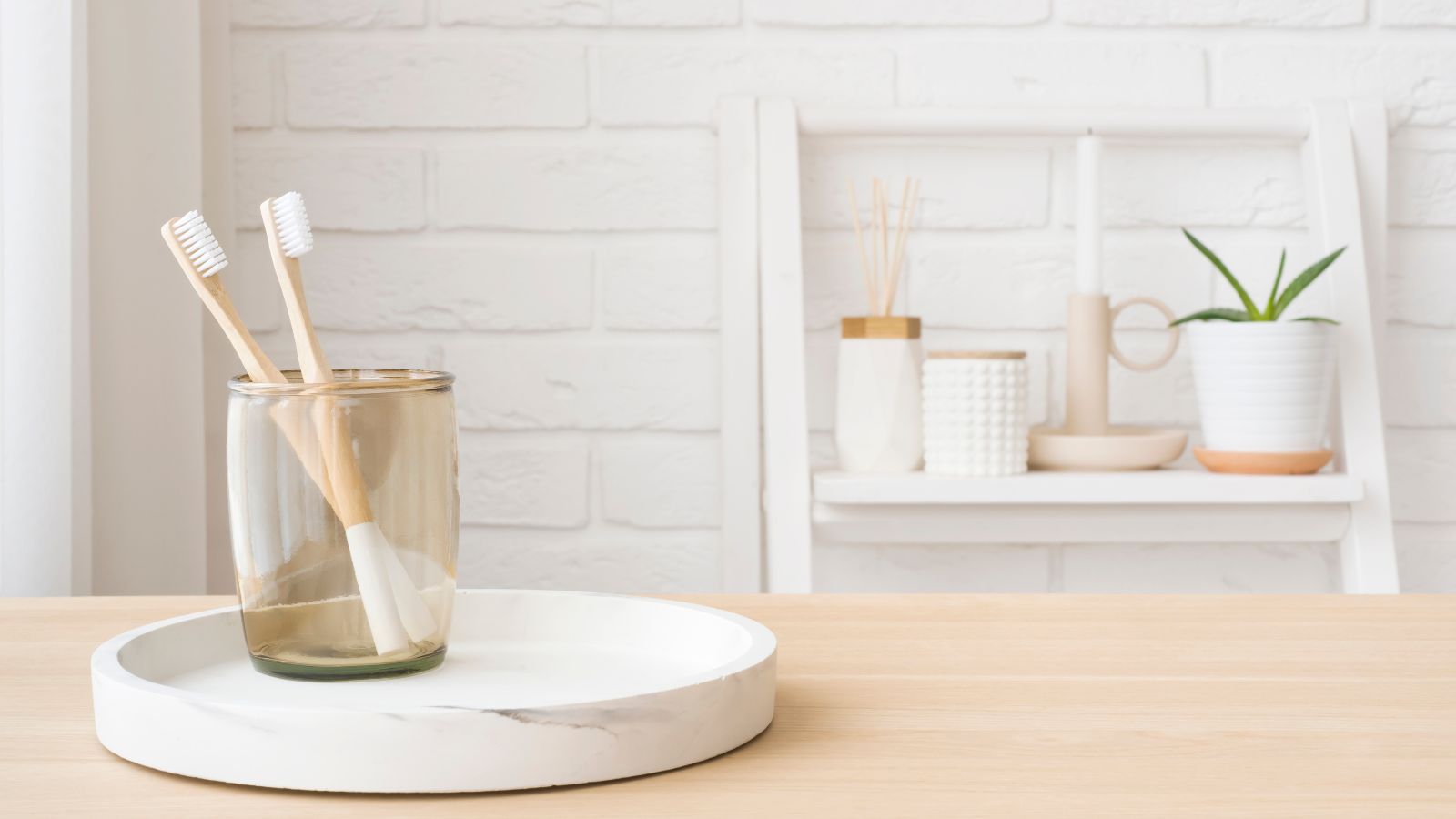
Bamboo toothbrushes have surged in popularity as an eco-friendly alternative to plastic ones. Bamboo is a renewable resource, which sounds great, right? However, many bamboo toothbrushes still come with nylon bristles—nylon is a plastic that doesn’t biodegrade. While the bamboo handle might break down over time, the bristles can sit in landfills for years.
Reusable Grocery Bags: A Hidden Breeding Ground for Bacteria
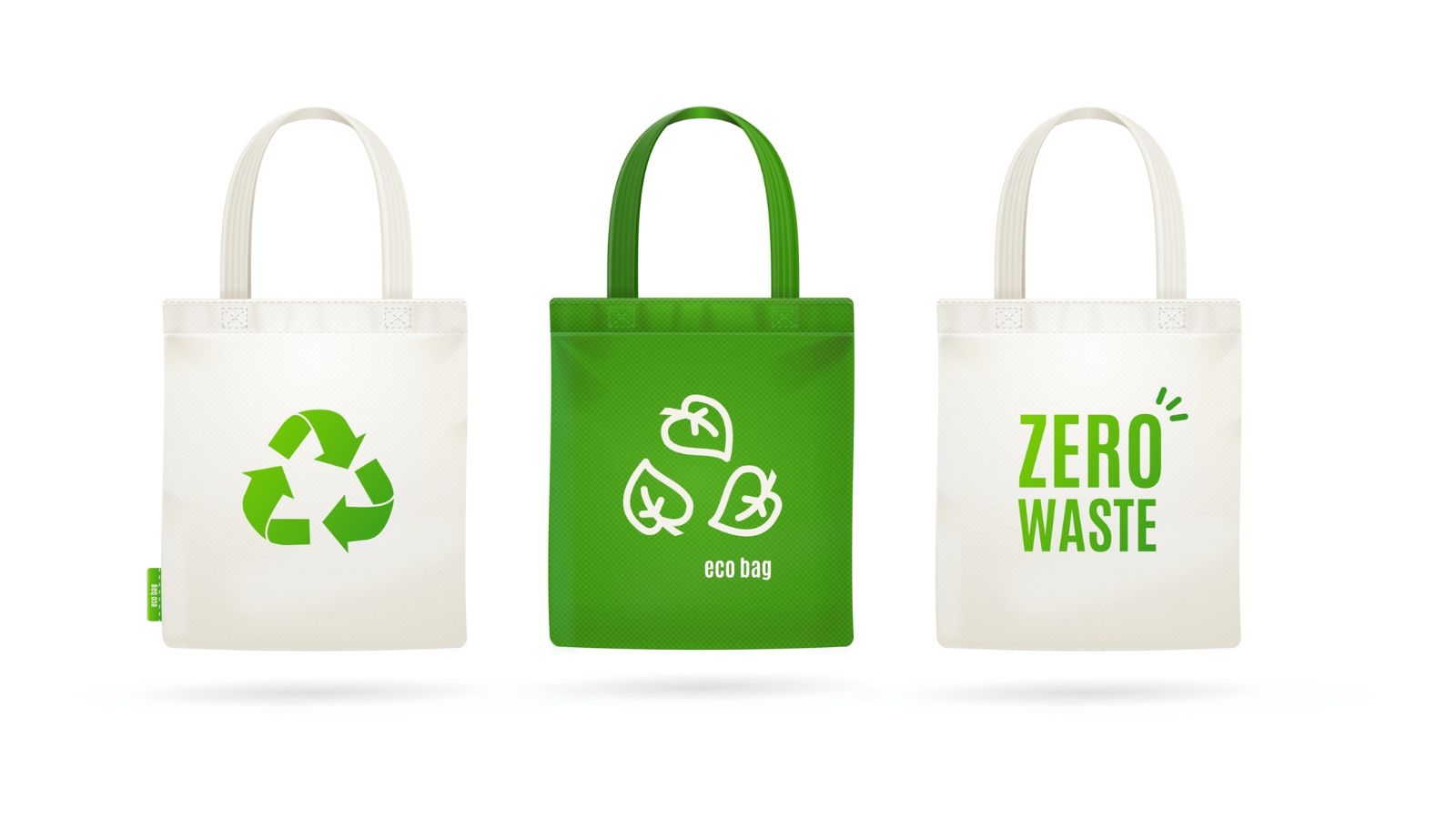
Reusable grocery bags are another eco-friendly solution that has found its place in many households. They help reduce plastic waste, which is fantastic. But there’s a catch: if these bags aren’t washed regularly, they can accumulate bacteria, mold, and germs from food spills and residues.
Not to mention, some bags are made from non-recycled synthetic materials, which still contribute to pollution. So, while reusable bags are better than single-use plastic, maintenance is key to ensuring they’re truly beneficial.
Biodegradable Plastics: Not Always What They Seem
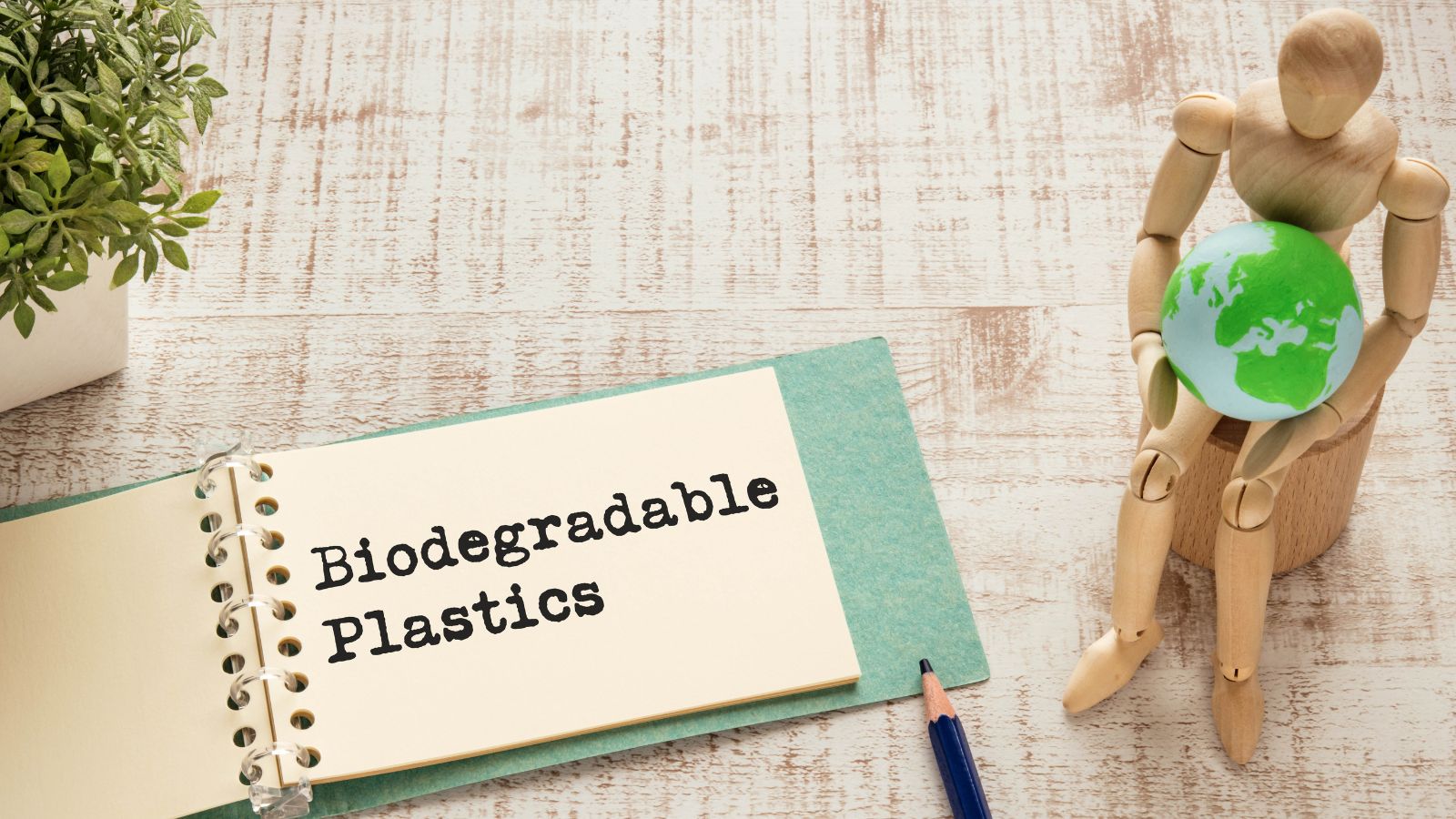
Biodegradable plastics sound like a dream come true for reducing plastic waste. They break down faster than regular plastics, right? Unfortunately, these plastics require specific conditions to break down—high temperatures, industrial composting facilities, or certain moisture levels.
Biodegradable plastics often linger for years in regular landfills or the ocean, polluting just as traditional plastic would. So, before you choose biodegradable products, it’s important to consider whether they will have the right environment to break down properly.
Eco-Friendly Cleaning Products: Are They Safe?
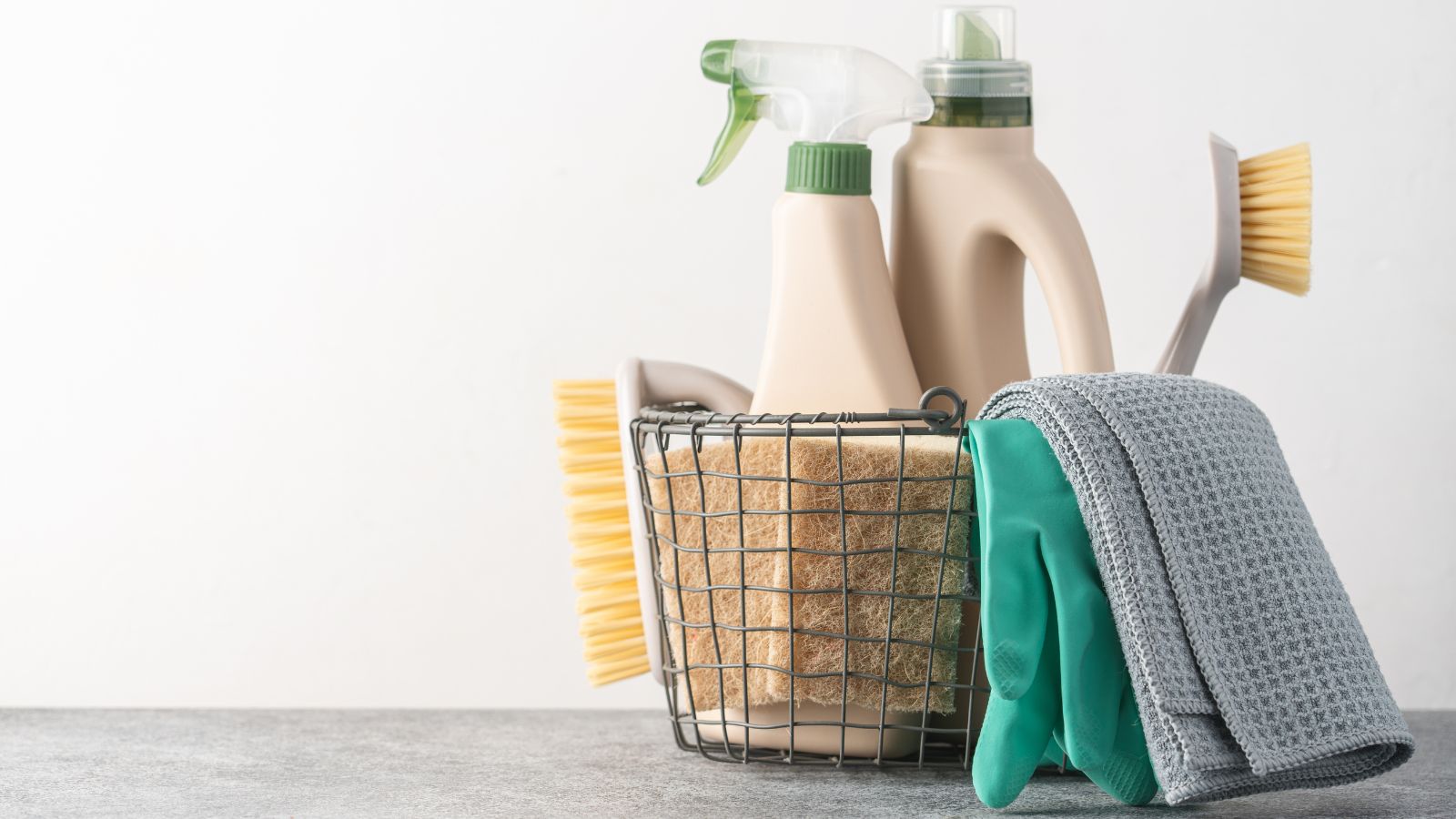
Eco-friendly cleaning products are a fantastic way to avoid harsh chemicals in your home. However, just because a cleaner is labeled as “green” doesn’t necessarily mean it’s entirely safe. Many eco-friendly cleaners contain natural ingredients like essential oils, which can cause some people allergic reactions or respiratory issues.
Additionally, the packaging of these products is often still plastic, which defeats the purpose of reducing waste. The key takeaway? Eco-friendly cleaners can be better for you than conventional cleaners but are not free from potential risks.
Organic Cotton Clothing: Not as Water-Friendly as You Think
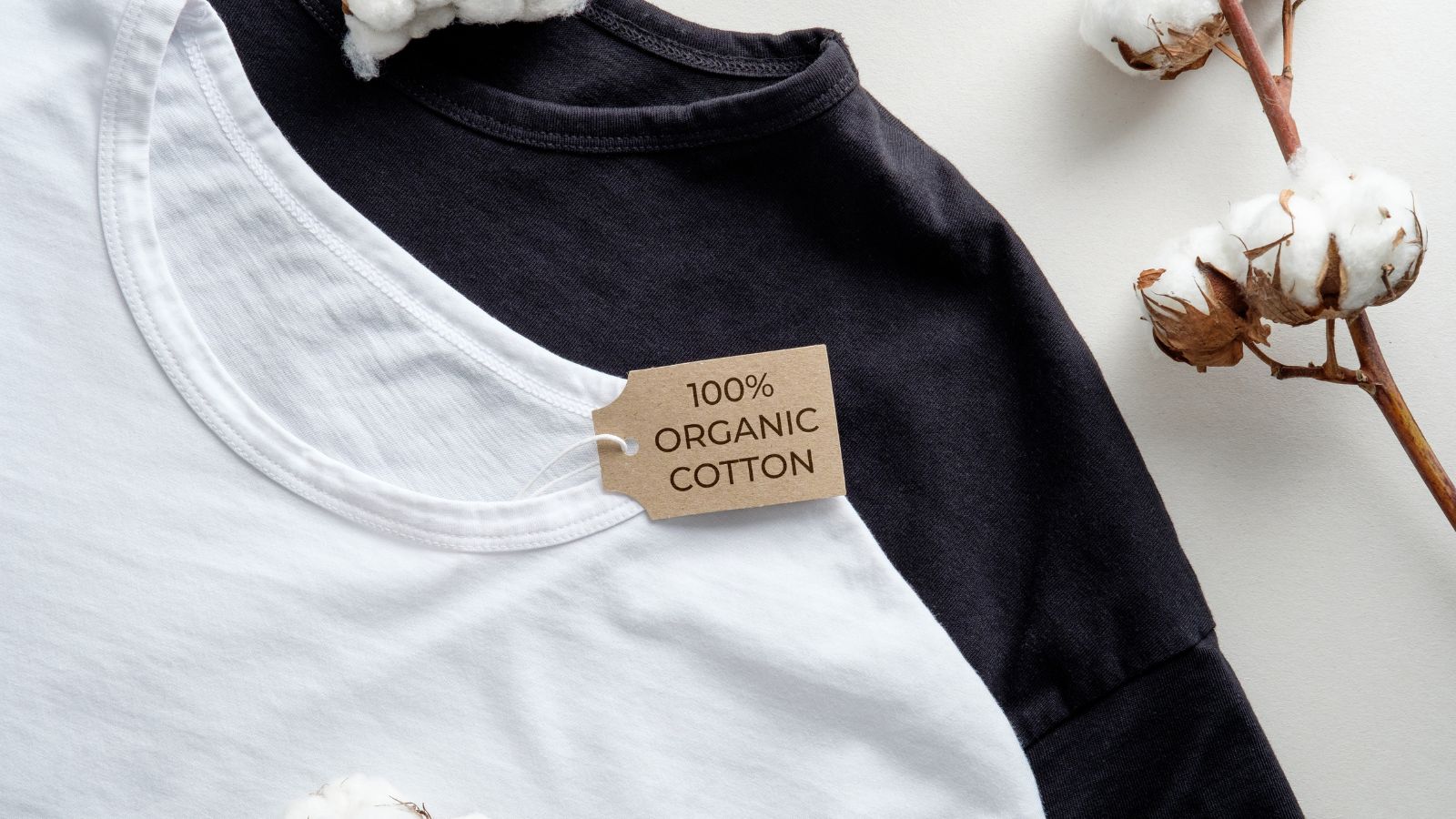
Organic cotton is widely seen as a greener alternative to conventional cotton. While it’s true that organic cotton avoids harmful pesticides, it still requires large amounts of water and energy to grow and process.
In regions where water scarcity is a growing concern, the water-intensive nature of organic cotton farming might negate some of its environmental benefits. So, before buying that organic cotton shirt, remember that it may still come with an environmental cost—especially if it’s not produced with careful water management practices.
Electric Vehicles: Hidden Costs of Battery Production

Electric vehicles (EVs) have been widely hailed as the future of transportation. They generate no emissions while driving, which sounds perfect for reducing our carbon footprint. But there’s more to the story.
The production of EV batteries—particularly those made from lithium, cobalt, and other rare minerals—can be highly damaging to the environment and communities. Mining these materials causes ecological destruction and human rights issues in certain parts of the world.
Additionally, the disposal of EV batteries presents challenges, as recycling them is far from straightforward. So, while EVs are better than traditional cars, their full environmental impact is more complex than it may seem.
Plant-Based Meat Alternatives: Processed with a Side of Risk
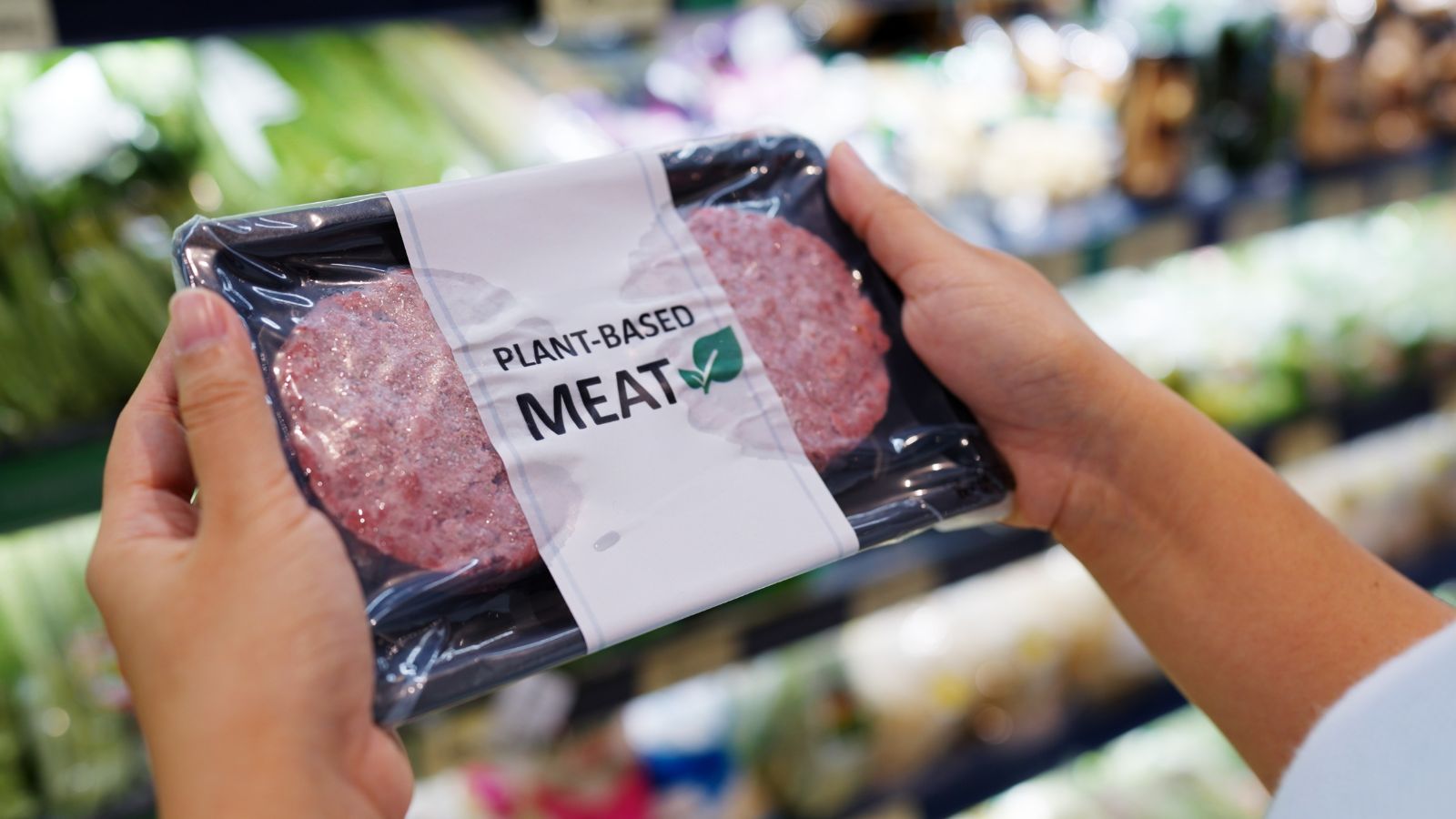
Plant-based meats like Beyond Meat or Impossible Foods are marketed as a healthier, more sustainable alternative to animal-based proteins. While they do have a lower environmental footprint than conventional meat, these plant-based options are often highly processed and can contain additives, preservatives, and other chemicals that may not be as healthy or eco-friendly as we’re led to believe.
Not to mention, large-scale industrial agriculture is needed to produce the raw materials for these products and their environmental impact. Plant-based meats are a step in the right direction. However, it’s important to consume them mindfully and consider their full environmental impact.
Eco-Friendly Paints: Chemical Concerns Lurk Beneath the Surface

Eco-friendly paints are formulated to reduce the number of volatile organic compounds (VOCs) released into the air, making them better for indoor air quality. However, just because paint is marketed as eco-friendly doesn’t mean it’s free of harmful chemicals.
Some contain preservatives or other compounds that could harm your health and the environment. If you’re considering an eco-friendly paint for your home, it’s important to research the ingredients to ensure they align with your green goals.
Natural Beauty Products: Nature’s Best, or Just Another Label?

Natural beauty products are beloved by those looking to avoid harsh chemicals and synthetic ingredients. However, “natural” doesn’t always mean “safe.” Some natural ingredients, such as essential oils, can cause skin irritation or allergic reactions in some people.
And while some natural beauty brands boast sustainable sourcing, not all are as eco-friendly as they claim. Some ingredients, such as palm oil, are linked to deforestation and habitat destruction.
Compostable Packaging: The Reality Behind the Label
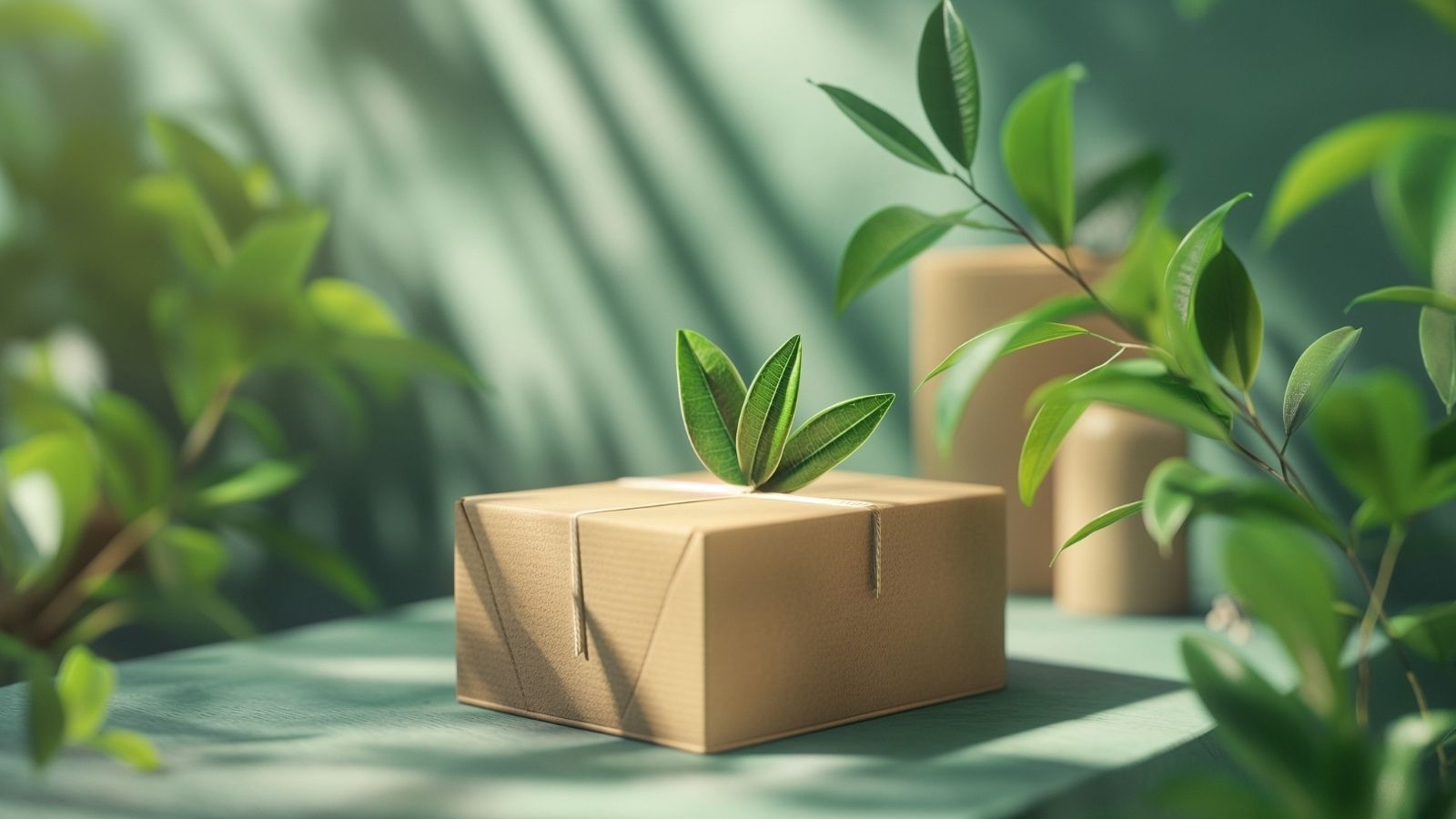
Compostable packaging is a great idea in theory: it’s designed to break down more quickly than traditional plastic, reducing landfill waste. But there’s a catch—many compostable materials require industrial composting facilities to break down properly.
In-home composting systems or landfills, these materials may not break down as quickly as expected, leading to the same environmental issues as regular plastic. So, while compostable packaging may be a better option, it still requires proper disposal to achieve its intended benefits.
Solar Panels: The Hidden Environmental Footprint
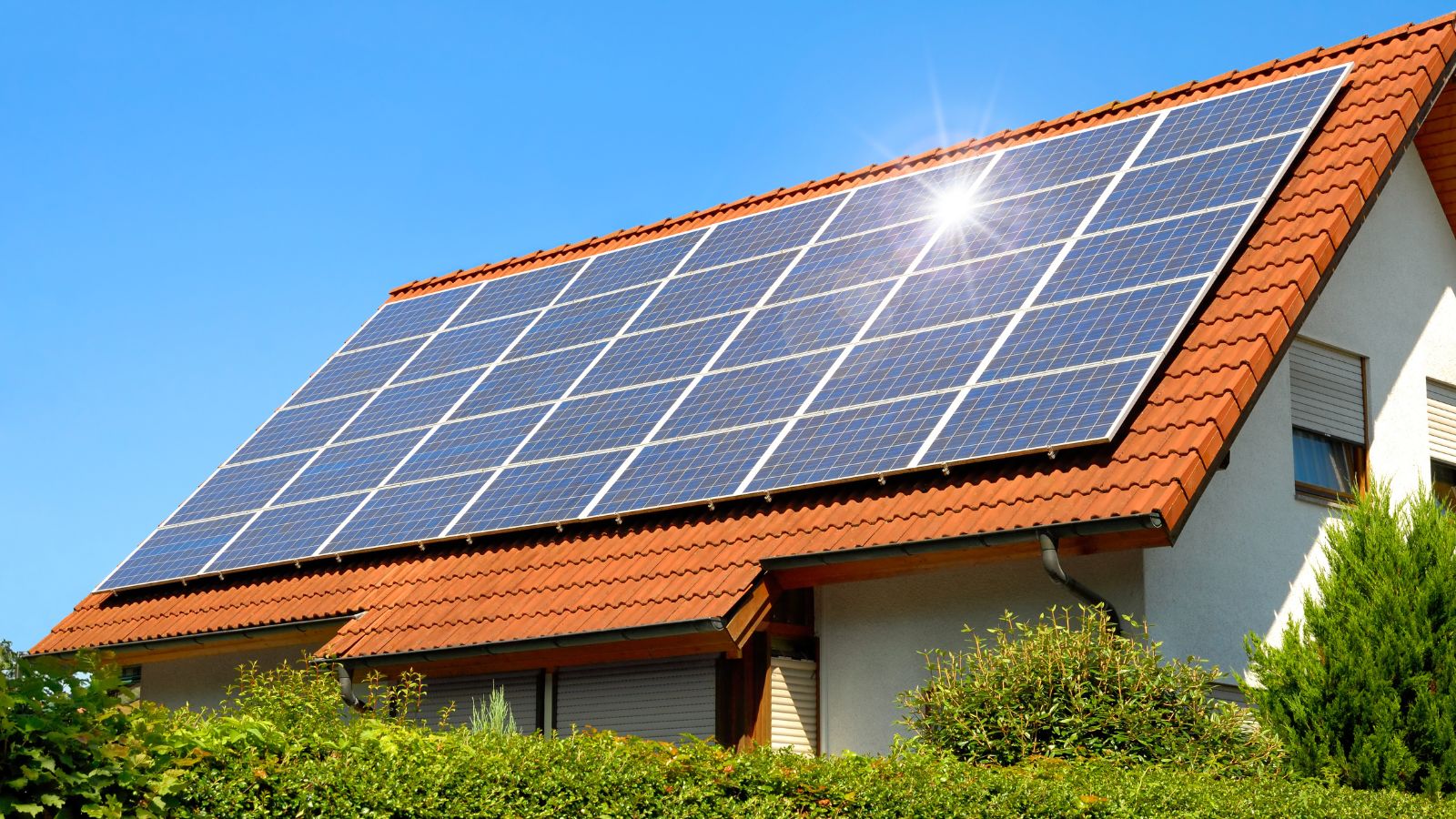
Solar energy is one of the cleanest forms of energy we can produce. Solar panels help reduce our reliance on fossil fuels and lower greenhouse gas emissions. However, the production of solar panels involves the use of rare minerals and energy-intensive manufacturing processes, which can harm the environment. Additionally, when solar panels reach their lifespan, they can contribute to e-waste, which is difficult to recycle.
Eco-Friendly Diapers: The Untold Environmental Cost
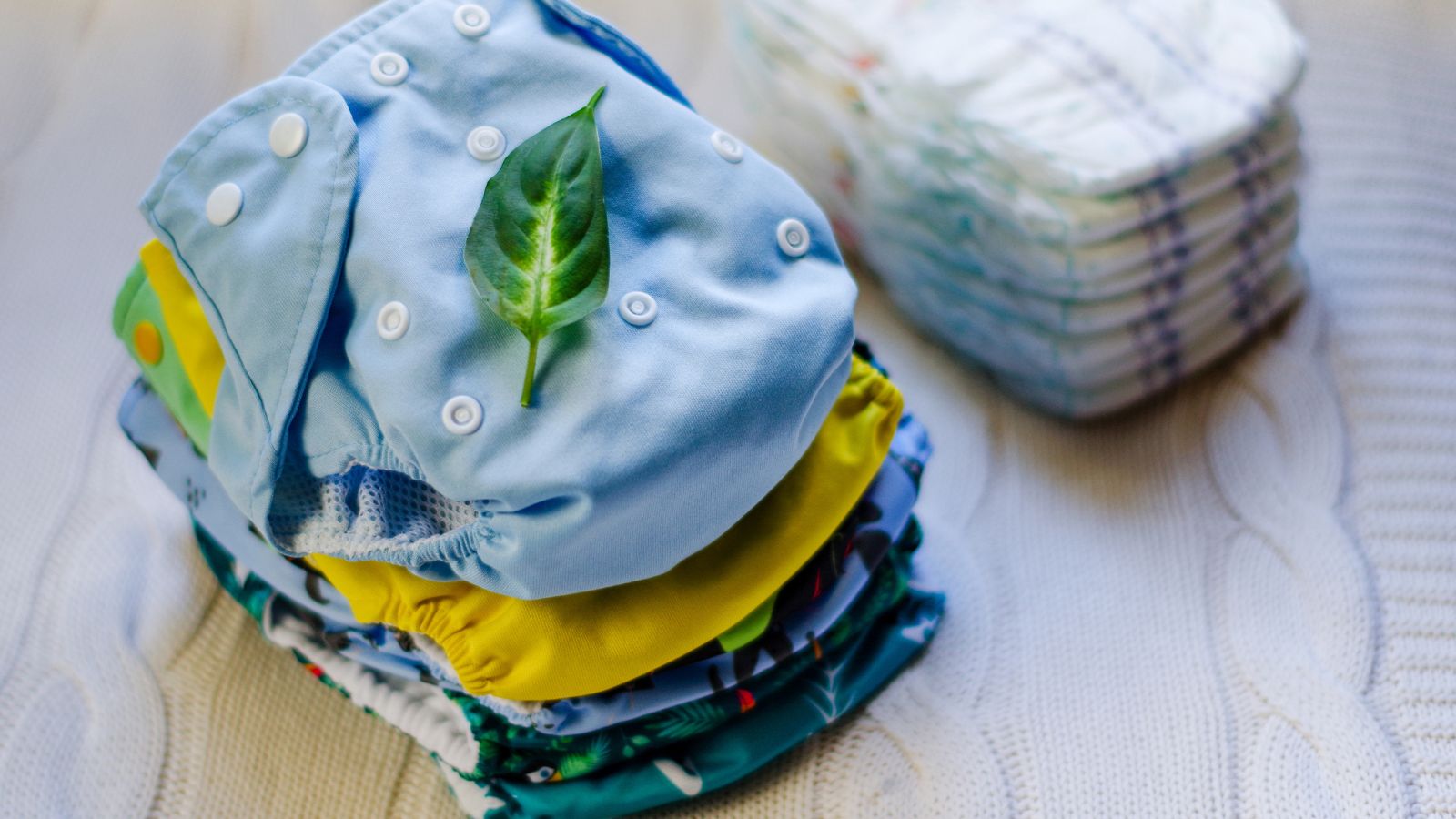
Eco-friendly diapers are often marketed as a better alternative to disposable diapers, claiming to be biodegradable and less environmentally harmful. However, many of these diapers still contain synthetic components that can take a long time to break down, and their production process can be just as resource-intensive as that of traditional diapers.
Vegan Leather: Eco-Friendly, but Not Without Issues

Vegan leather is an alternative to traditional leather that doesn’t involve animal cruelty. However, many types of vegan leather are made from synthetic materials like polyurethane or PVC, which are plastic-based and not biodegradable. The production of these materials can contribute to pollution and waste, undermining the eco-friendly message.
Reusable Water Bottles: A Hygiene Risk?
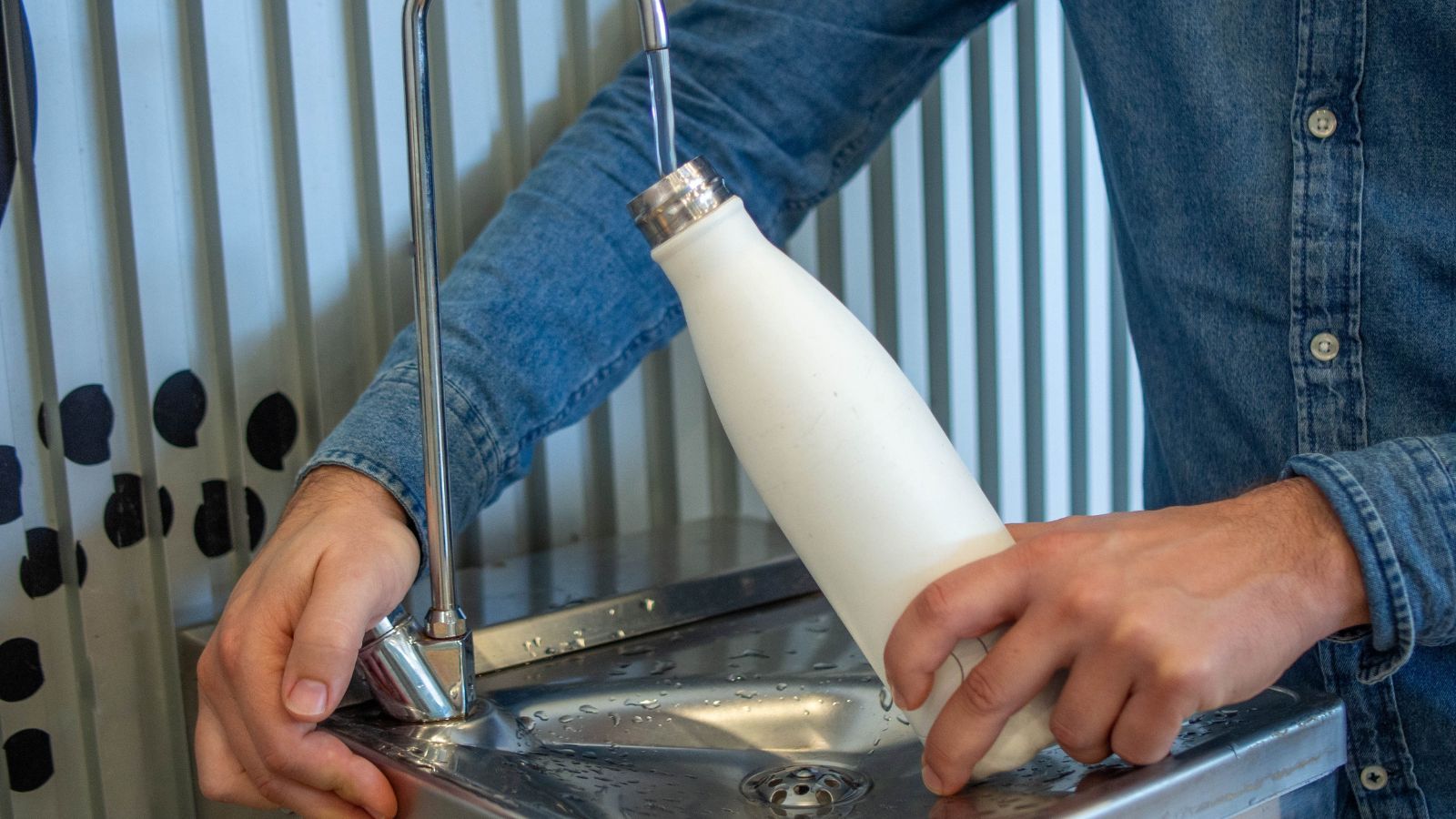
Reusable water bottles are a popular way to reduce plastic waste. But, if they’re not cleaned regularly, they can become a breeding ground for bacteria and mold. Some bottles are made from materials like stainless steel or plastic, which can develop micro-scratches over time, making them harder to clean thoroughly. Regular cleaning and maintenance are essential to ensure these bottles remain safe and hygienic.
Electric Appliances: More Than Meets the Eye
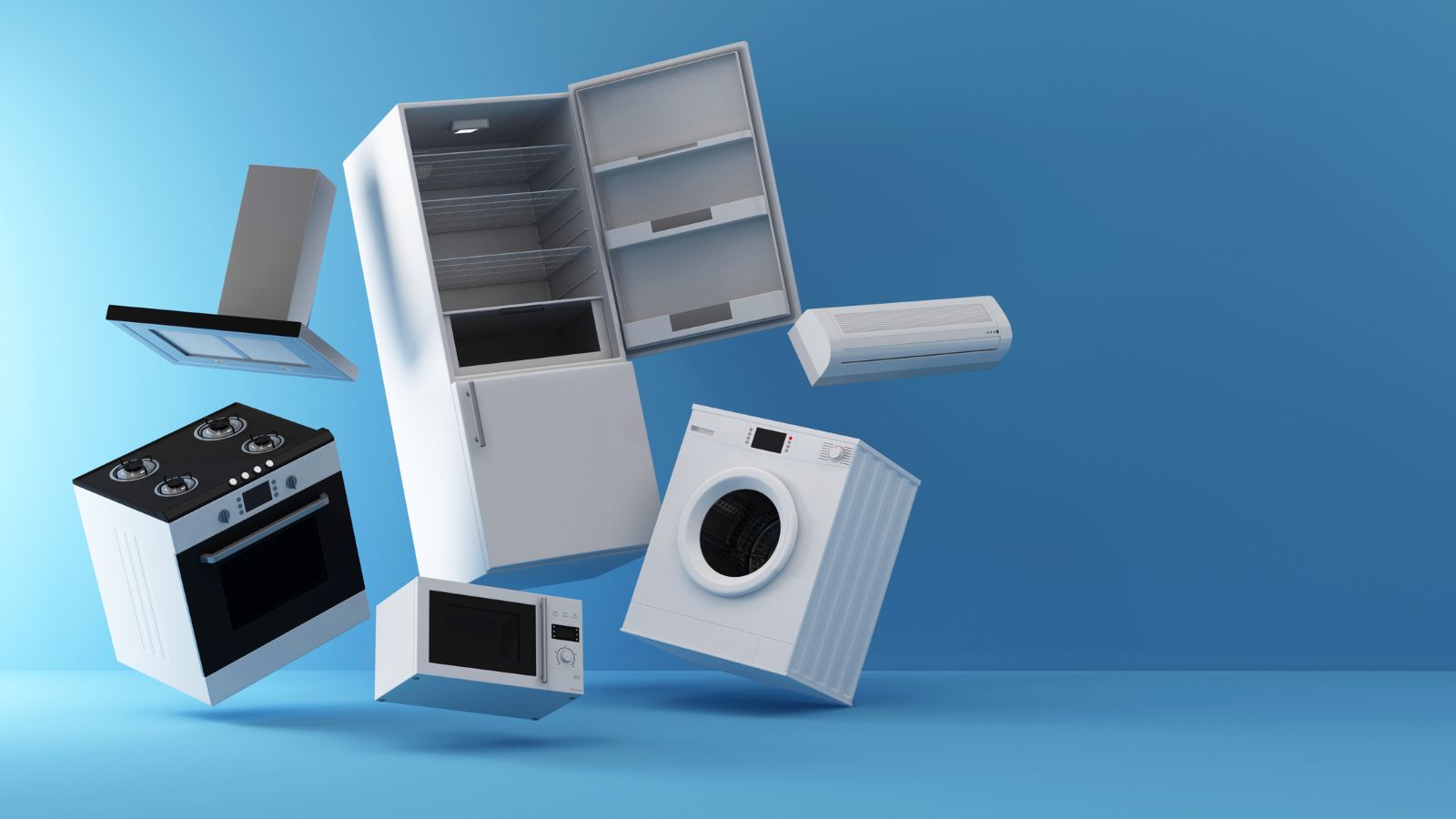
Energy-efficient electric appliances are great for reducing energy consumption. However, their production involves the use of non-renewable resources and energy. Additionally, disposing of old appliances contributes to e-waste, which is difficult to recycle and can pollute the environment if not handled properly. So, while energy-efficient appliances can save you money and energy in the long run, they still come with environmental costs.
Eco-Friendly Detergents: Harmful Surfactants Lurk Inside
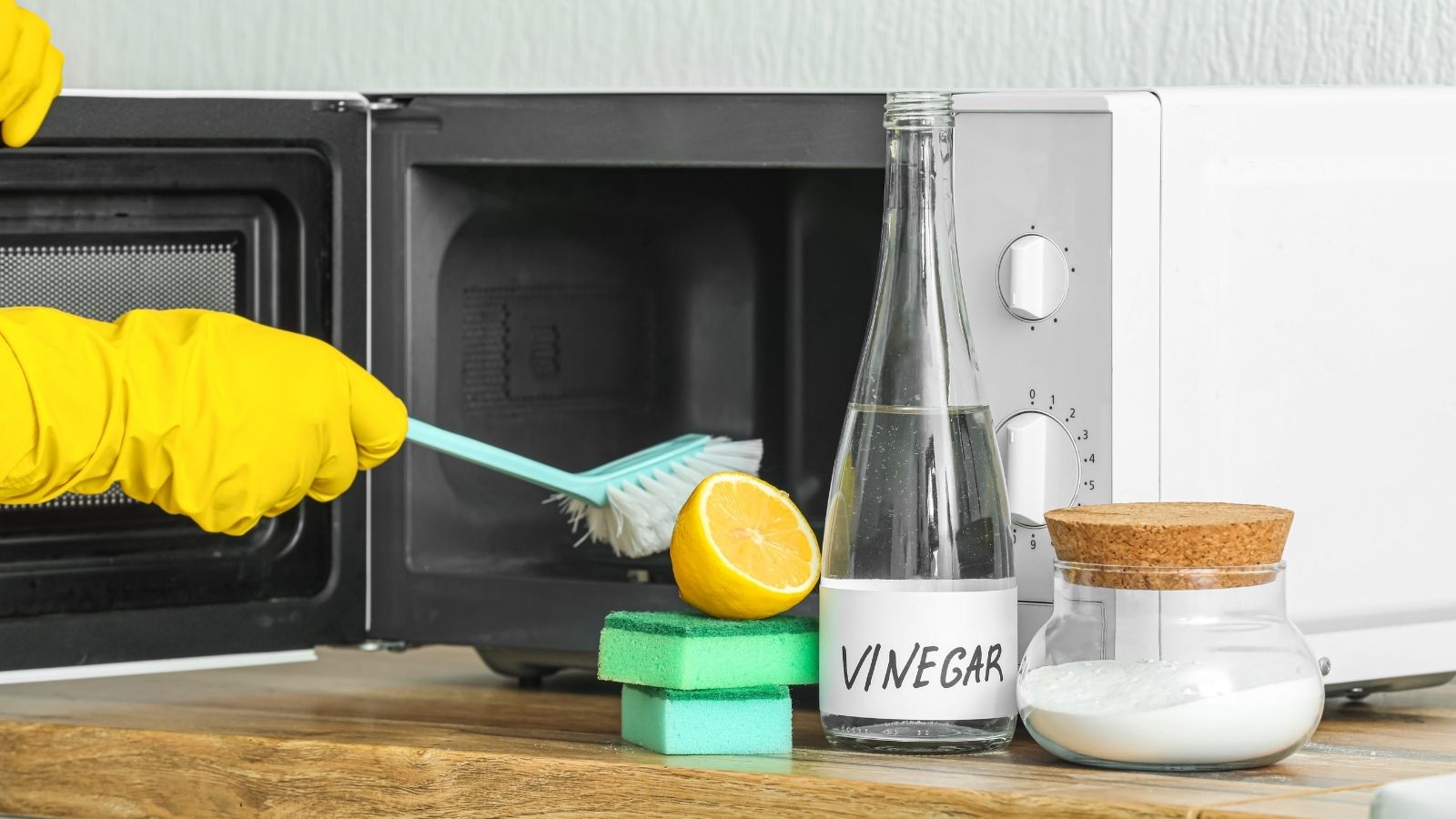
Eco-friendly detergents are marketed as a safer, greener alternative to traditional laundry detergents. However, many eco-friendly detergents still contain surfactants and fragrances that can harm aquatic life when washed into rivers and oceans. The chemicals may be less toxic than traditional detergents, but they still pose a risk to the environment.
Wooden Toys: Chemical Treatments May Pose Risks

Wooden toys are often seen as a safer, more natural alternative to plastic toys. However, many wooden toys are treated with chemical finishes or paints that are harmful to children if ingested. Additionally, wood sourcing can contribute to deforestation if not done sustainably.
Reusable Coffee Cups: Chemicals Lurking in Your Drink
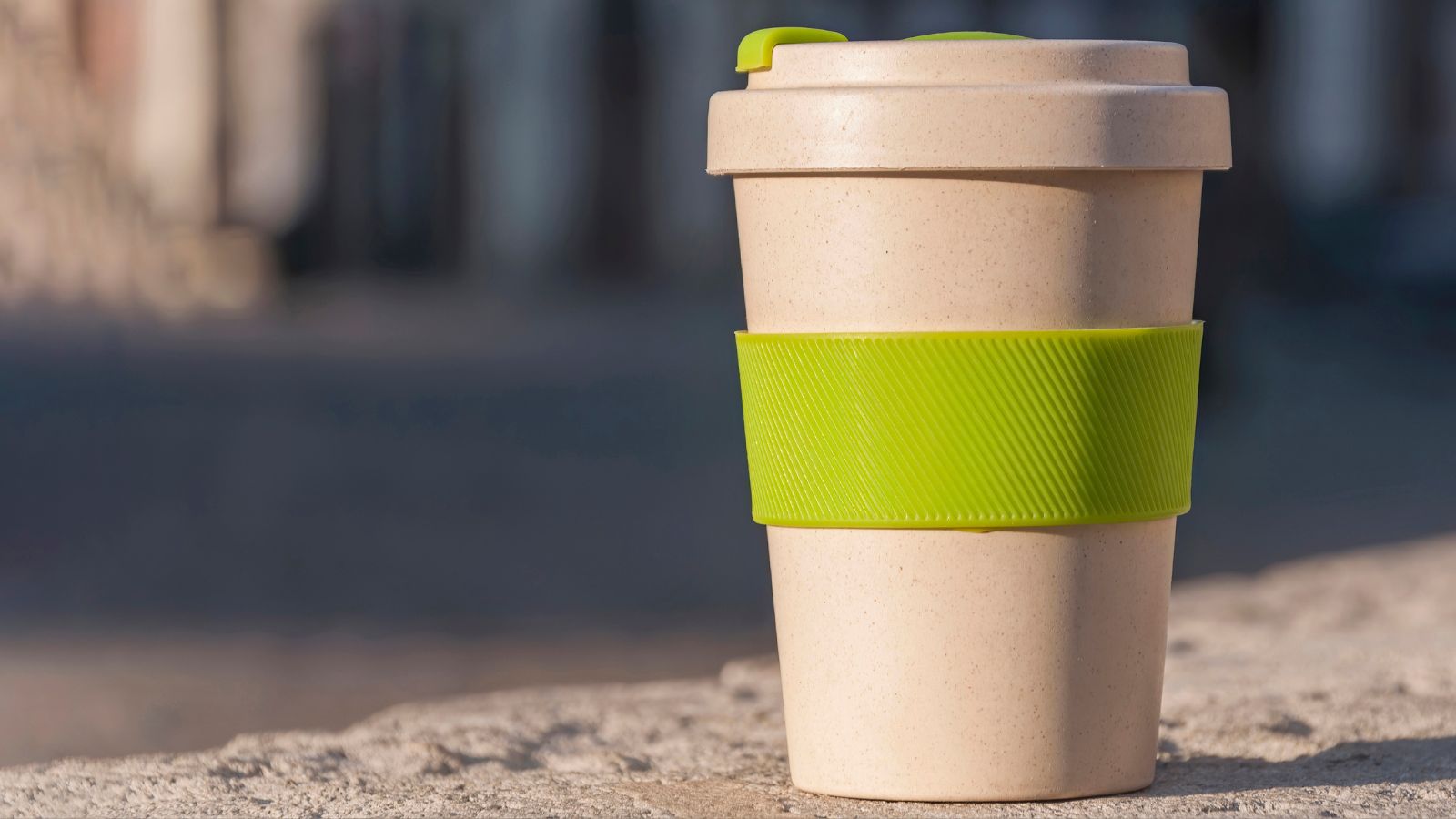
Reusable coffee cups are a popular way to reduce disposable cup waste. However, some cups are made from materials that can leach chemicals into your drink over time, especially when exposed to heat. Many cups are also coated with resins or other substances that are not biodegradable, contributing to waste.
Conclusion

While eco-friendly products are an essential part of the global movement toward sustainability, it’s important to remember that not all of them are as harmless as they appear. The hidden dangers of these products highlight the need for informed decision-making. By examining the entire lifecycle—from production to disposal—we can make decisions that have a significant positive impact on the environment.
20 Reasons Why Wealthy Investors Are Looking At The Caribbean

The Caribbean has long been known for its stunning landscapes and vibrant culture, but in recent years, it has also become an attractive destination for wealthy investors. The region offers numerous financial, economic, and lifestyle advantages that appeal to high-net-worth individuals seeking opportunities. Here are 20 reasons why the Caribbean has captured the attention of the global investment community.
20 Reasons Why Wealthy Investors Are Looking At The Caribbean
